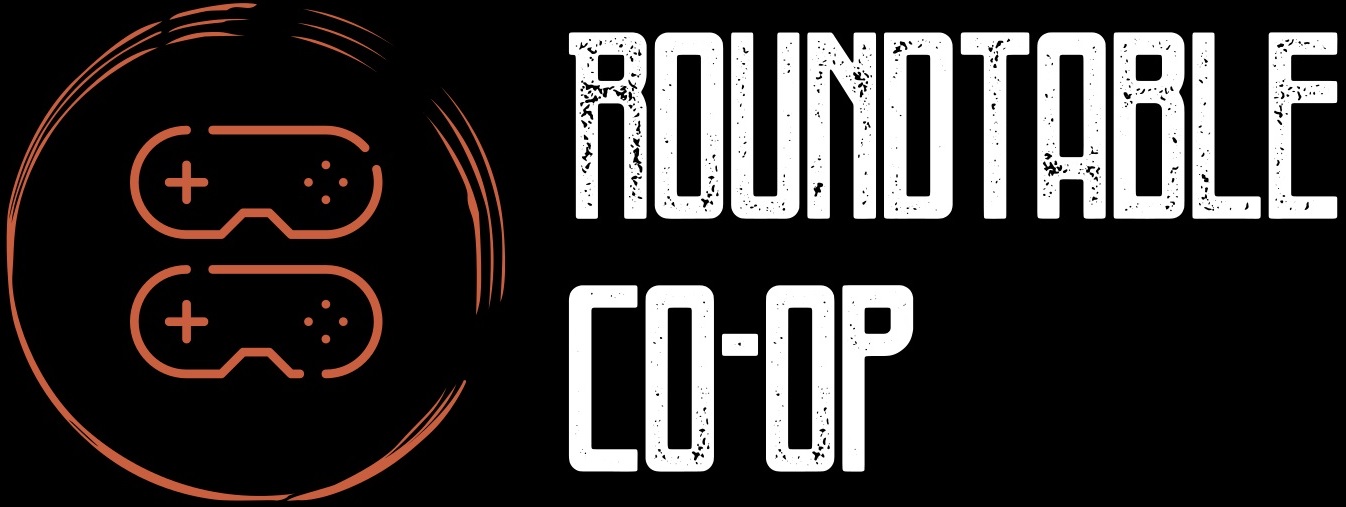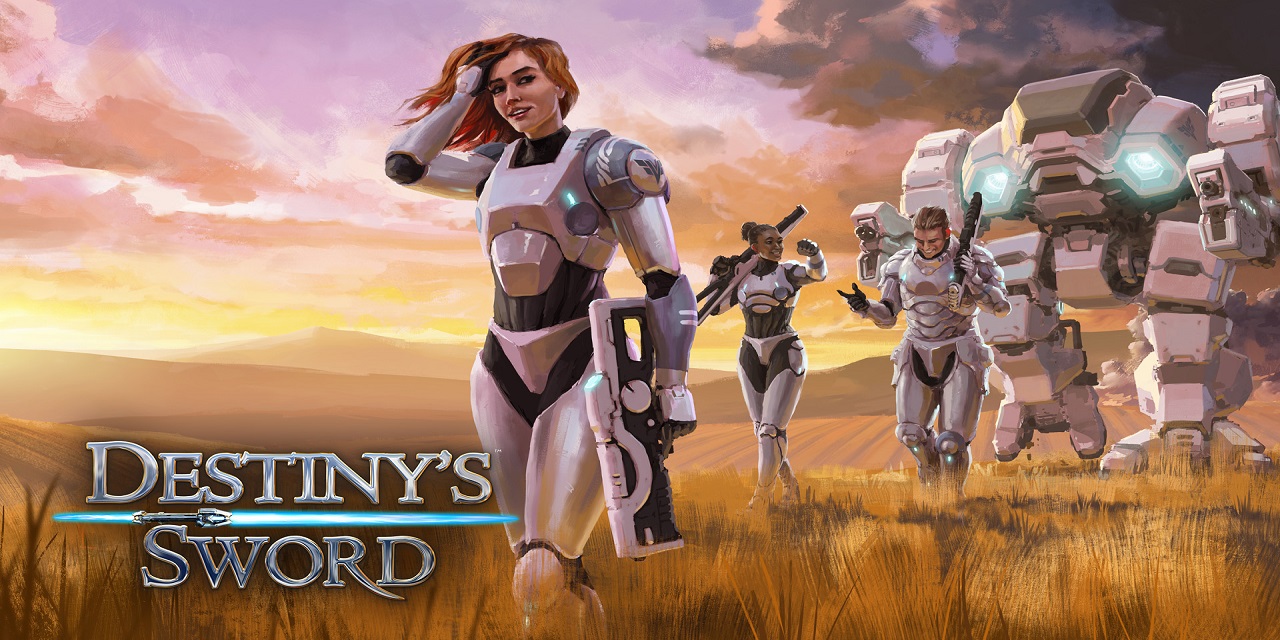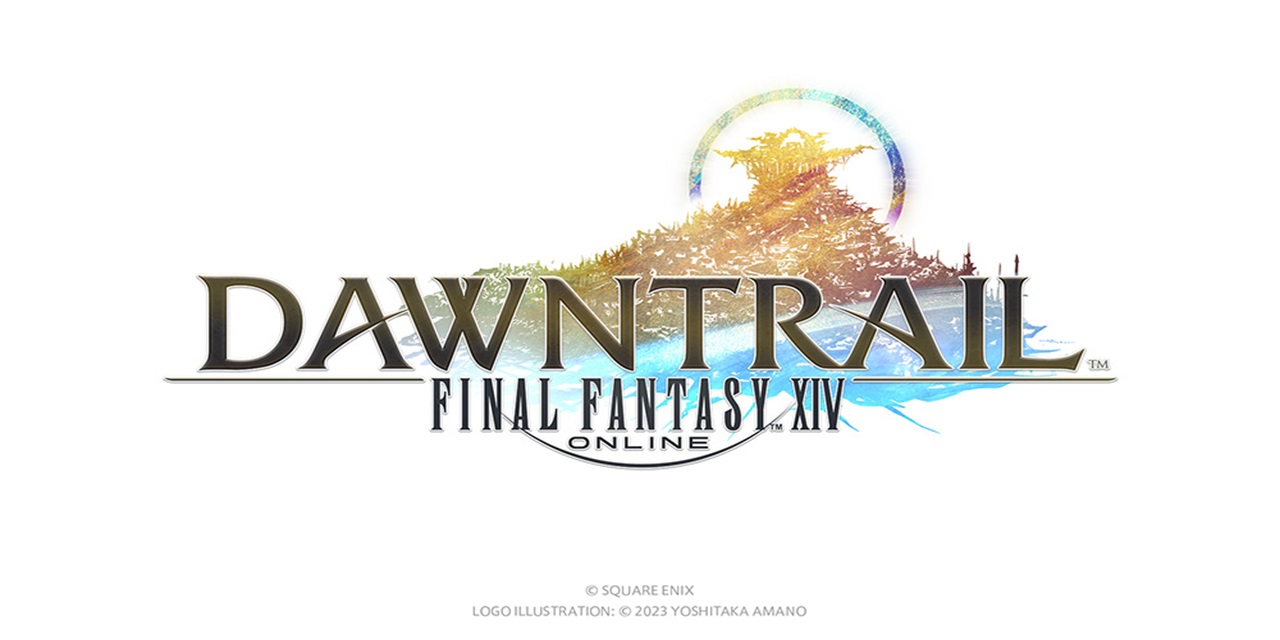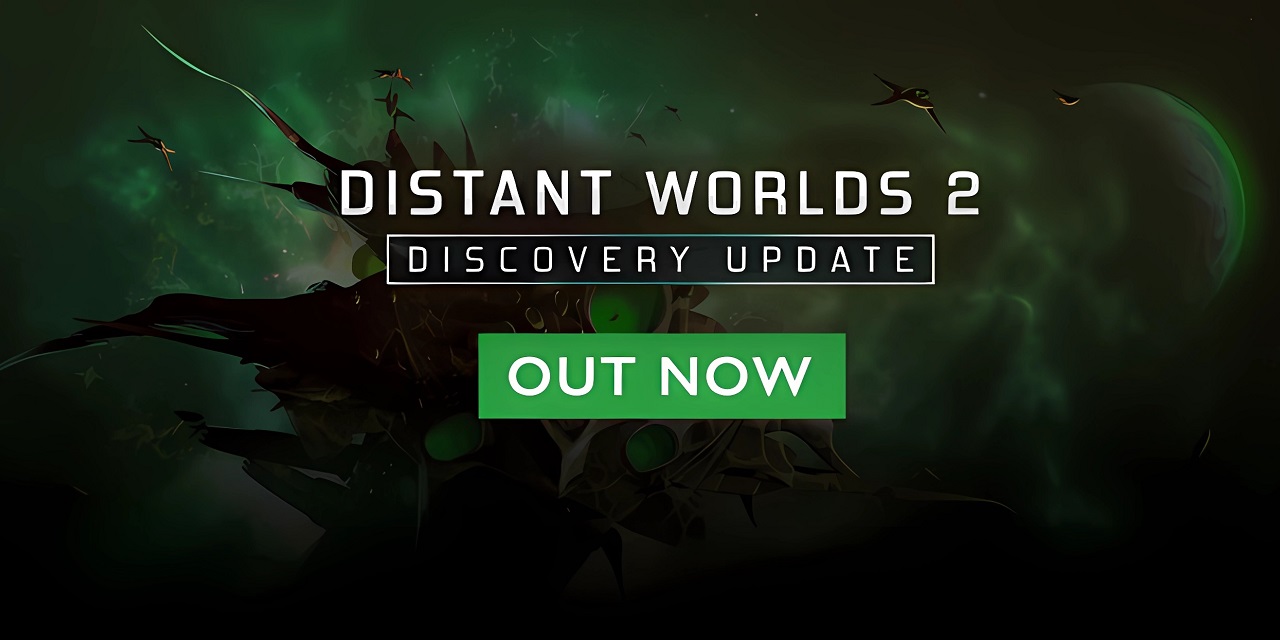Destiny’s Sword is described as a graphic sci-fi adventure with RPG progression and rich narrative gameplay by developers 2Dogs Games and published by Bonus Stage Publishing. The game launched on Steam early access on October 17, 2022, and I had seen some posts about the game on Twitter and Steam but was initially confused as to what kind of game it actually is. Initial searches bring up pages from 2019/2020 where the game was being advertised as a new style of MMORPG which is what piqued my interest given it’s my favourite genre. However, this version of the game is nothing like an MMORPG, rather it’s a single player game with a mix of elements of visual novels, RPGs, and management simulations.
Now that I knew what kind of game it was, I did some more research and discovered the game features writing from best-selling author M. D. Cooper who has written over 80 books including the Aeon 14 series and Lucidium Run, which is actually a prequel to Destiny’s Sword. Despite not having read these myself, I was keen to see how the story unfolded as I liked the sci-fi premise. In Destiny’s Sword you’re the commander of a team of skilled troopers. Every member of your team has their own story to tell, their own reasons for getting involved, and their own traits that are affected by your words and actions. Their experiences while under your command will shape their development and affect their performance. As you get to know your squad on and off the battlefield, you will explore the full depth of the human condition.
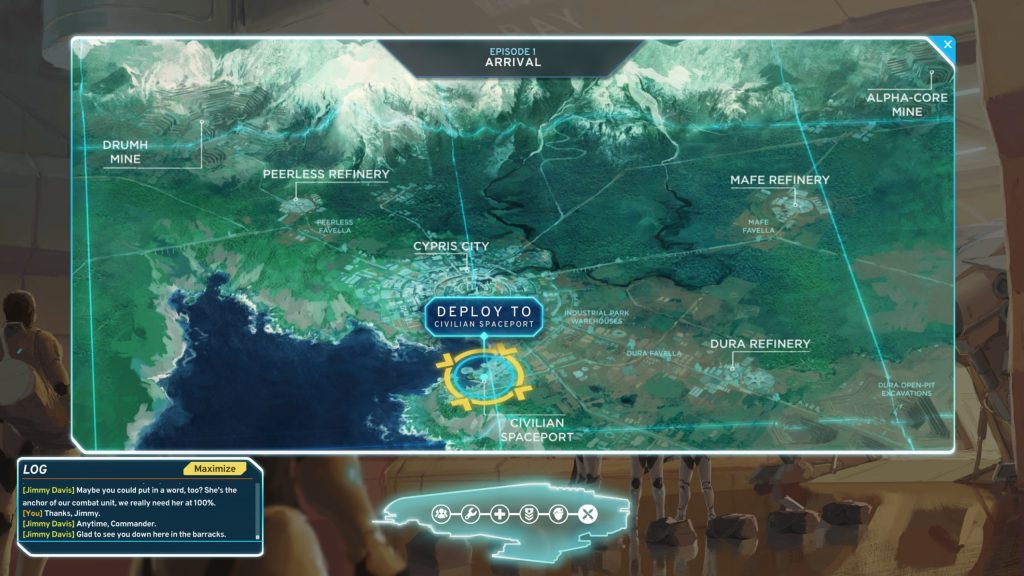
The game world is set on the planet Cypris where the Galactic Government struggles to maintain control against the growing strength of the powerful corporate syndicate known as the Consortium. Neither side is prepared for open conflict, but when unrest in a distant world threatens the flow of Lucidium, the mineral that fuels the galaxy, the two sides find their battleground. Once in-game, you can navigate to several rooms on the ship, engage in dialogue with particular people in rooms, as well as your team, and launching missions. There are 6 main missions plus some side quests that pop up in the list, but you don’t know they have appeared unless you periodically check that second tab. The main aim in the game is the make decisions in missions for your team and manage their emotions and stress during and post-mission.
In the first mission, our team was in a personnel carrier with an angry mob closing in on them. I was given the choices of getting out to attempt to calm the crowd or to keep pushing forward from within the vehicle. As Commander, I wanted to protect the safety of my team, so I kept the team in the vehicle and pushed forward, however this angered the crowd to the point some rebels started to fire their weapons in the air. The team got out and tried to control the crowd, however one of them discharged their weapon in front of the crowd which caused panic and confusion, and the rebels scattered and got away. Back on the ship, my superior officer was none too pleased with our failed mission objectives of controlling the crowd. I then had to talk with the team leader as he felt he didn’t control his team well enough, as well as the officer that discharged her weapon. I really appreciated the visual style with a hand-drawn aesthetic that didn’t distract too much from the text-based dialogue and choices I had to concentrate on. As you talk to each crew member and they gain or lose points from stats like anger, trust, grief and more, it’s hard to see the changes made on the pie graphs.
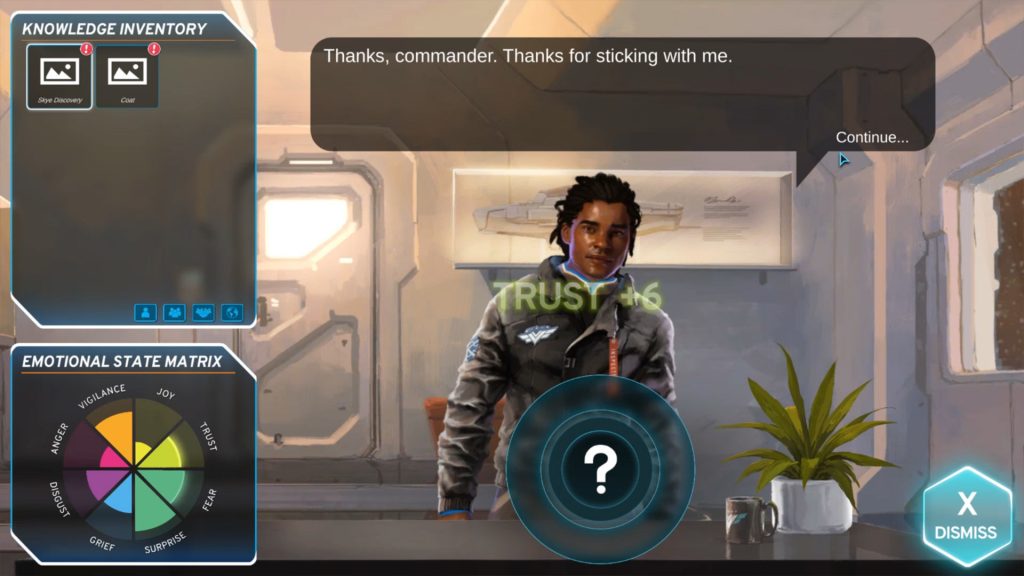
Each mission takes its toll on the officers involved, and you need to head to the barracks after each mission to debrief and check-in with the team individually. Occasionally your team will make decisions on the fly that may end up in mistakes, but that happens in the heat of the moment. It’s up to you as the Commander to empathise, punish or counsel the team which could affect your relationship with them, as well as affect their performance in future missions. Later missions have you giving the team some R&R and upon their return, they all seem rested until you see one has a black eye, and you start asking questions. This opens up more lines of questioning for the team, and one officer starts having a panic attack which you can help him through. It’s a great feeling of connection to your team members, depending on how you respond of course.
2Dogs Games has been consulting with psychologists and war veterans to make sure the characters’ personalities and reactions are realistic and respectful. It was interesting to see how you react to each situation and how you think you should lead the team, then see it play out and how the morale is affected by your action or inaction in a given scenario. Given the ease of gameplay, Destiny’s Sword can be replayed through to make different decisions as I corrected the many mistakes I made in the early missions.
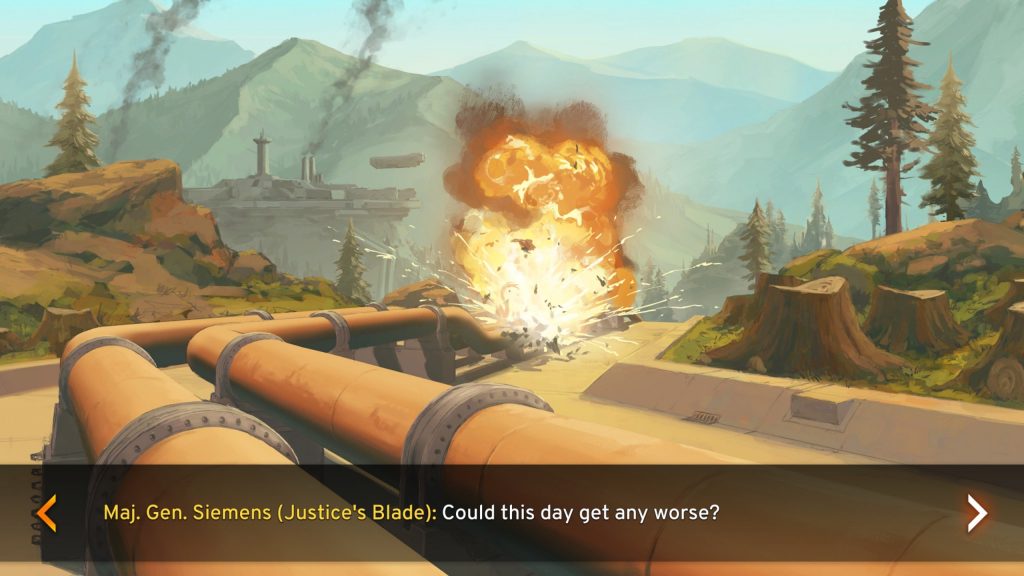
The game is fully feature-complete in this early access version however only contains about an hour’s worth of gameplay. There will be new content and new chapters in the full release in Spring 2023. They are planning to at least double the content including more troopers and gear that can be chosen in mission loadouts. This will give the player more variation throughout the missions. I am looking forward to seeing how the game develops over the coming months ahead of release next year.
This early access review utilised a key provided by the publisher and Destiny’s Sword is available now on Steam early access.
#roundtablecoop
Written by: @ChrisJInglis
